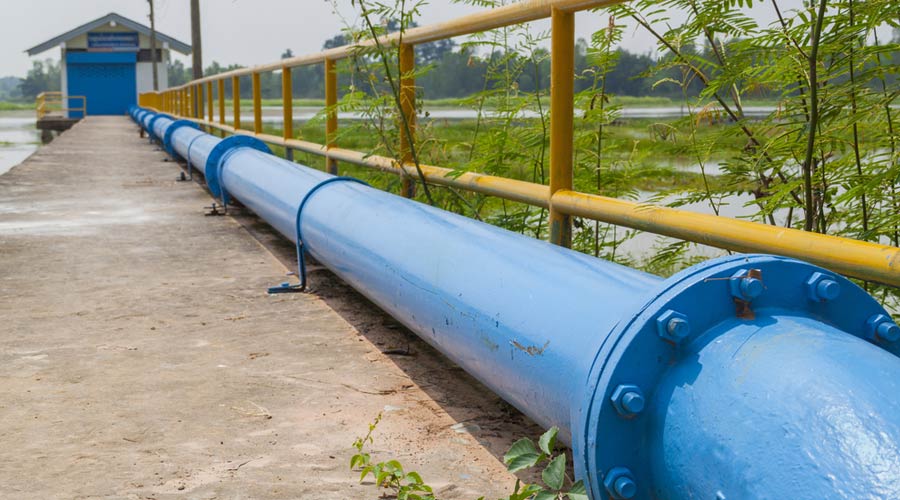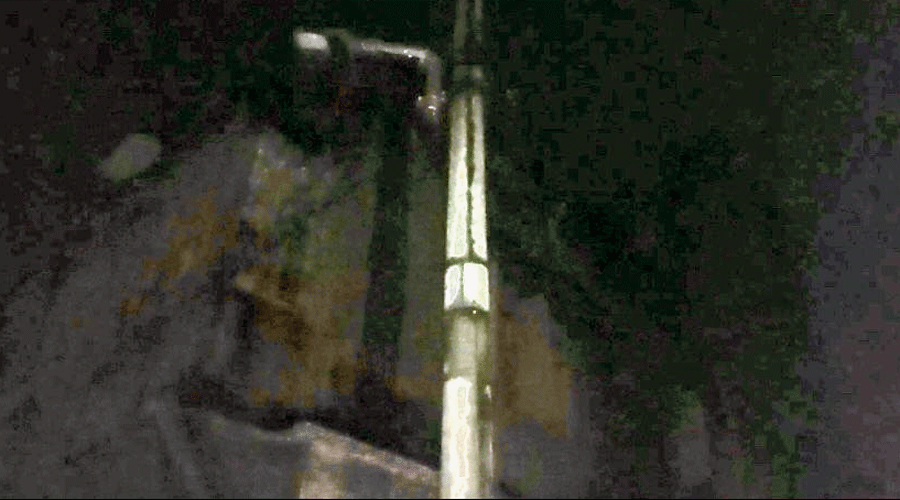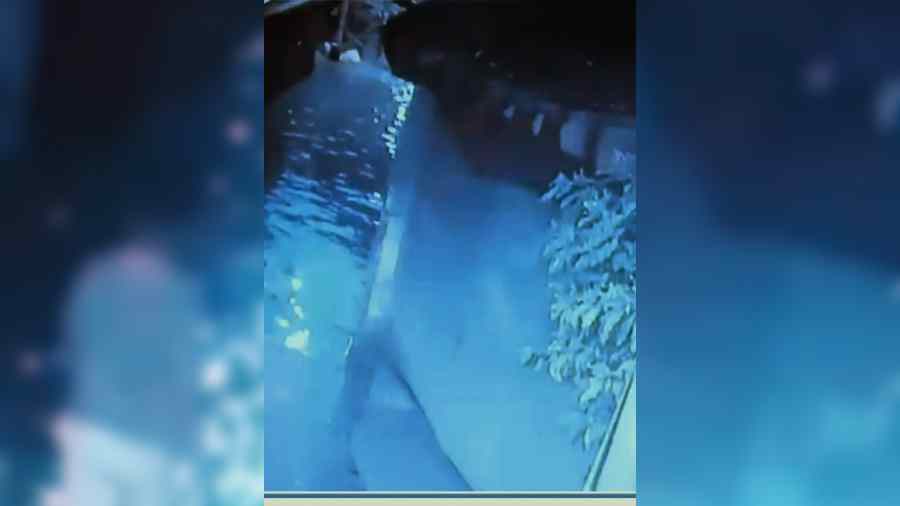The civic body began moving pumps to waterlogging-prone pockets on Monday — a day after an 11-year-old boy got electrocuted after touching a pole on a flooded road in Haridevpur on the city’s southern fringes — advancing a schedule that was to start on July 1.
“These temporary pumps, which drain out water, are parked in places that get flooded during the monsoon. Drainage network is either absent or inadequate in these pockets,” said an official of the Kolkata Municipal Corporation (KMC).
Residents of Haridevpur have alleged that a part of Mohammad Ishaque Road, where Nitish Yadav got electrocuted on Sunday, remains waterlogged after every brief spell of rain.
They alleged that the civic body did not operate pumps on Sunday though the lane had been waterlogged since the afternoon.
Several of them said the pumps were turned on only when police and senior officials of the KMC reached the place after the boy’s death.
Till last year, the pumps were installed in the waterlogging-prone areas by June 15. The KMC decided to delay the installation this year as the first month of the monsoon usually does not bring heavy rain, said a KMC official.
“We have started transporting 186 pumps. Some of them have already reached their locations and are operation-ready. The rest will be made operation-ready by Thursday,” said another KMC official.
“The pumps are very heavy and have to be installed with the help of cranes. So it takes time to install the pumps.”
There are many drainage pumping stations in the city that pump out water, which reaches the facilities through underground sewer lines, into canals. The drainage-pumping stations work around the year.
But the 186 pumps being transported now are used only during the monsoon.
The pumps drain out water from flooded areas into places with better drainage facilities, so that the water goes down into the underground sewer lines.
“These pumps will remain stationed in the waterlogging-prone pockets till the end of October. We keep the pumps in use even after the monsoon so that the festival season is not disrupted by any sudden downpour,” the KMC official said.
Some of the places where the pumps have already been installed are Topsia, Tangra and pockets of Behala.
Besides the 186 pumps being installed now, 110 more such pumps will be moved to various locations from July 1.
Most of these pumps will be parked in Jadavpur, Kasba, Behala and Garden Reach, parts of the Kolkata municipal area where waterlogging is a recurrent problem during the monsoon.
“We had first planned to transport the 296 pumps from July 1. But later we decide to start shifting the pumps on Monday,” the official said.
In Haridevpur, several residents had said that despite there being four pumps in the vicinity, the KMC rarely ran them.
“The accumulated water, which was responsible for the boy’s death, was drained out within 45 minutes of the pumps being pressed into action. The pumps were switched on after the arrival of the police and KMC officials at the accident site,” Ajoy Mondal, a resident of Haridevpur had said.
Asked about the delay in switching on the pumps on Sunday, an engineer in the drainage department of the Kolkata Municipal Corporation had said on Monday: “There are several pumps located in the area. They are run regularly, when required.”


